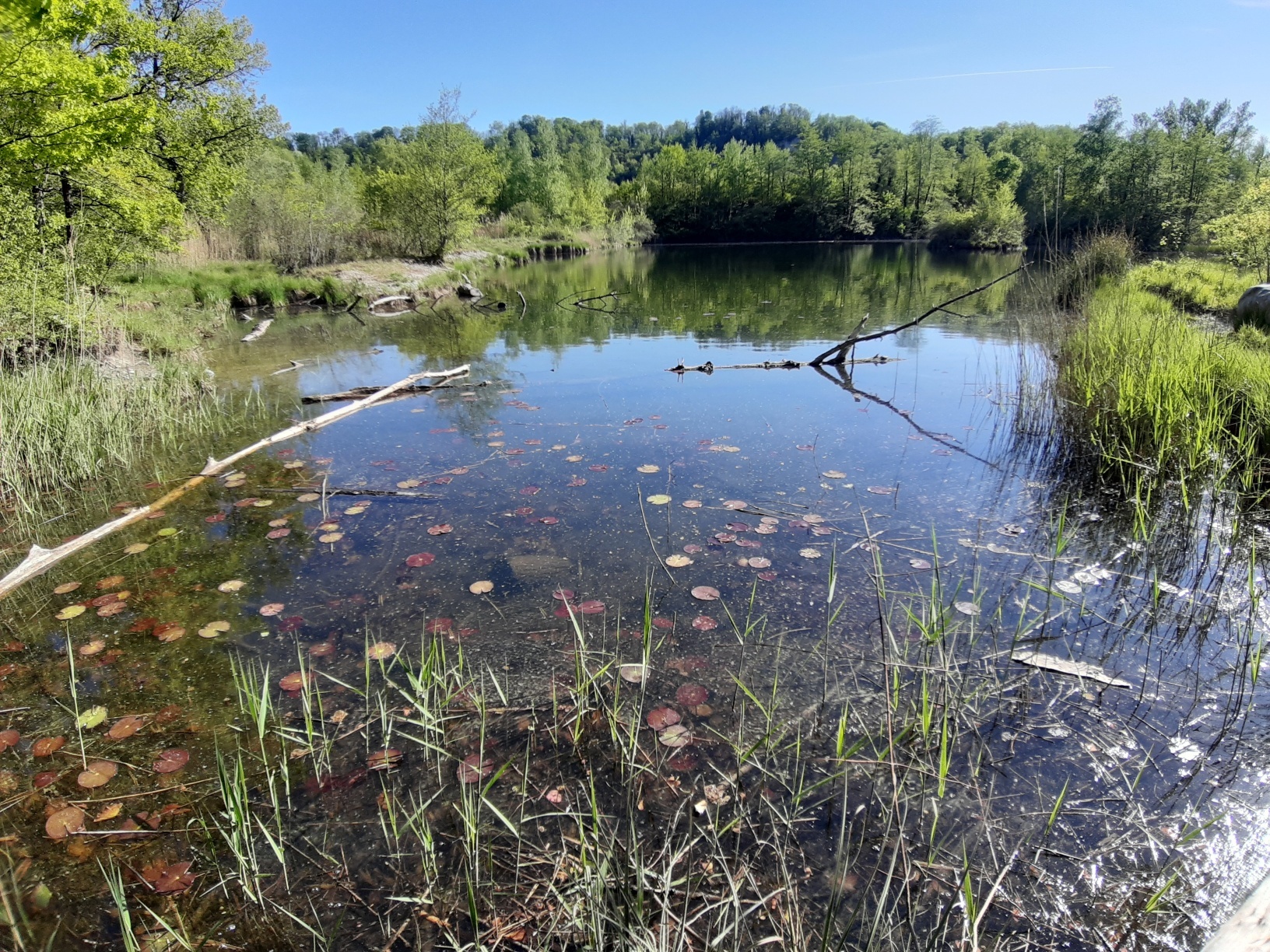A new quick review of some recent research and policy events of interest to freshwater ecologists, which caught our eye and got us thinking – or suggested some practical actions we could take.
Ponds and other small waters
The paper ‘The disproportionately high value of small patches for biodiversity conservation‘, against the widely applied conservation principle that a single large patch has higher value for biodiversity than several small patches of the same total area, it is an important general contribution to the argument that small habitats – like most freshwaters – are important.
Taking a broadly North American view of the role of small waters the paper ‘Vulnerable Waters are Essential to Watershed Resilience in the catchment‘ is useful support for the importance of small waters in a different political/environmental context.
A recent paper, ‘Structural and functional development of twelve newly established floodplain pond mesocosms‘, describing the early post-creation stages of floodplain pond colonisation and development, will hopefully encourage more detailed investigation of floodplain pond functioning.
Pond inventories that properly include Habitats Directive types such as the one in ‘A review of dystrophic lake and pool habitat in Europe: An Irish perspective‘ play an important role in further refinement of protection measures.
In ‘Diatom Red List Species Reveal High Conservation Value and Vulnerability of Mountain Lakes‘, the importance of a high-altitude ponds for algae is highlighted, whereas the importance of fishes in ponds for overall biodiversity is assessed in ‘A trophic cascade causes unexpected ecological interactions across the aquatic–terrestrial interface under extreme weather’. More subtleties of fish effects on pond communities are shown in ‘Community variability in pond metacommunities: interactive effects of predators and isolation on stochastic community assembly‘.
One thing we are learning is that not all ponds are automatically good. In ‘Small artificial impoundments have big implications for hydrology and freshwater biodiversity‘, the potentially damaging role of creating ponds on small streams is discussed. A similar cautionary perspective is provided in ‘Australian farm dams are becoming less reliable water sources under climate change‘. Another recent study in Australia highlights how ‘Improved management of farm dams increases vegetation cover, water quality, and macroinvertebrate biodiversity‘ so might reduce greenhouse gas risks.
Data from Poland in ‘The influence of land use in the catchment area of small waterbodies on the quality of water and plant species composition‘ is useful additional ammunition in the battle for better land use buffers for pond conservation. This work suggests buffers to protect ponds should be 100 m wide!
Some other interesting papers
Earlier this year an important Danish study ‘Three decades of regulation of agricultural nitrogen losses: Experiences from the Danish Agricultural Monitoring Program‘ reported on nitrogen pollution control measures in headwater streams in agricultural catchments. In ‘Threats, challenges and sustainable conservation strategies for freshwater biodiversity‘, papers which will be well-known to the PONDERFUL team are revisited with the most interesting point from PONDERFUL’s point of view being the need to include all freshwater (not just rivers and lakes).
There is a tendency to focus on ‘fixing’ degraded freshwaters when a more pressing, though often less exciting, need is first to stop the decline of what is still in good condition: ‘Mustering the troops toward preventative management in lakes‘.
New calls for measures to protect rivers continue to proliferate. One that caught our eye was ‘Our failure to protect the stream and its valley: A call to back off from riparian development‘. This paper suggests that we need to know a lot more about the pros and cons of floodplain pond restoration. Some useful lessons have already been learnt from a fish perspective as noted in ‘Freshwater fish biodiversity restoration in floodplain rivers requires connectivity and habitat heterogeneity at multiple spatial scales’. This study provides a large-scale evaluation of nursery area creation for riverine fishes on the lower river Rhine.
Professor Jeremy Biggs, Freshwater Habitats Trust

